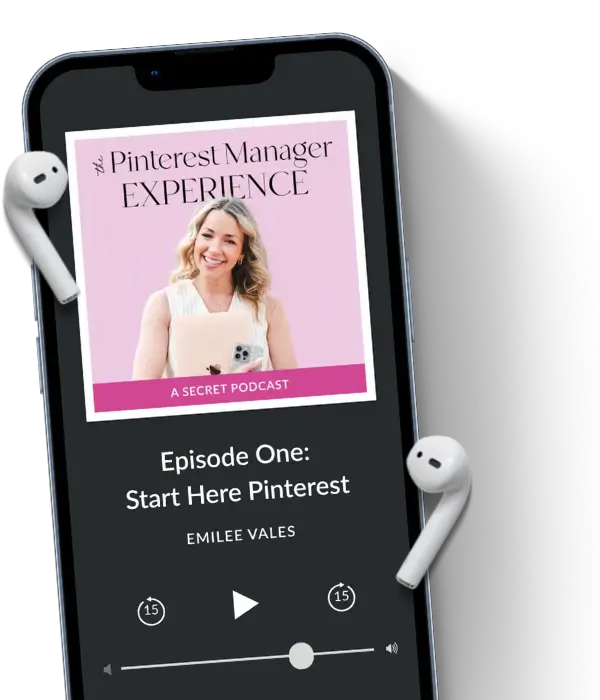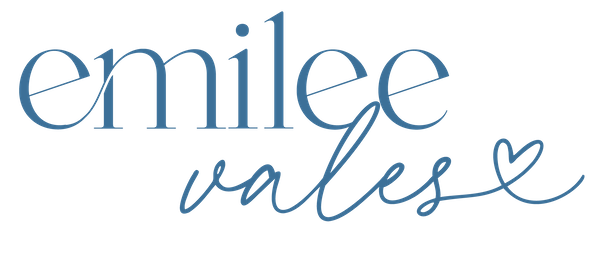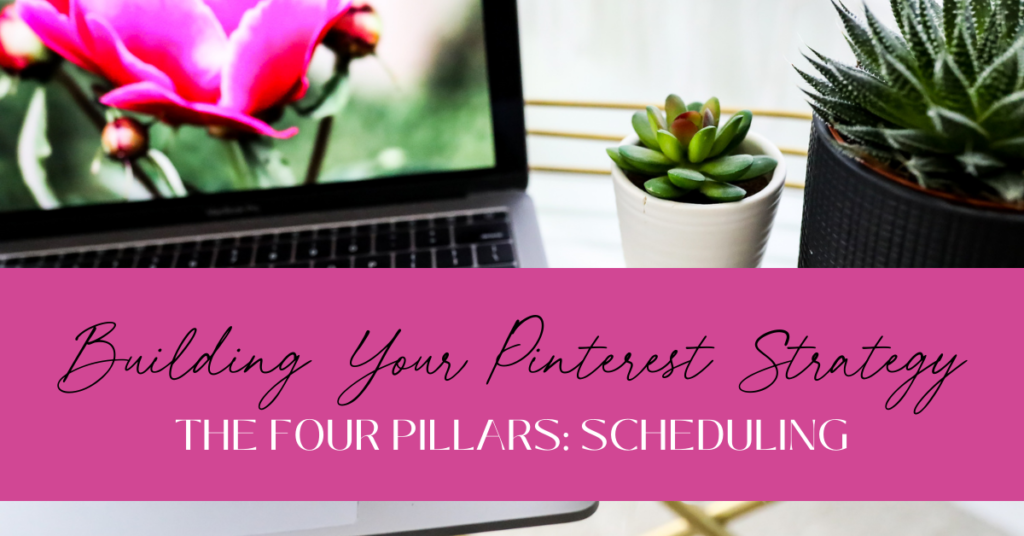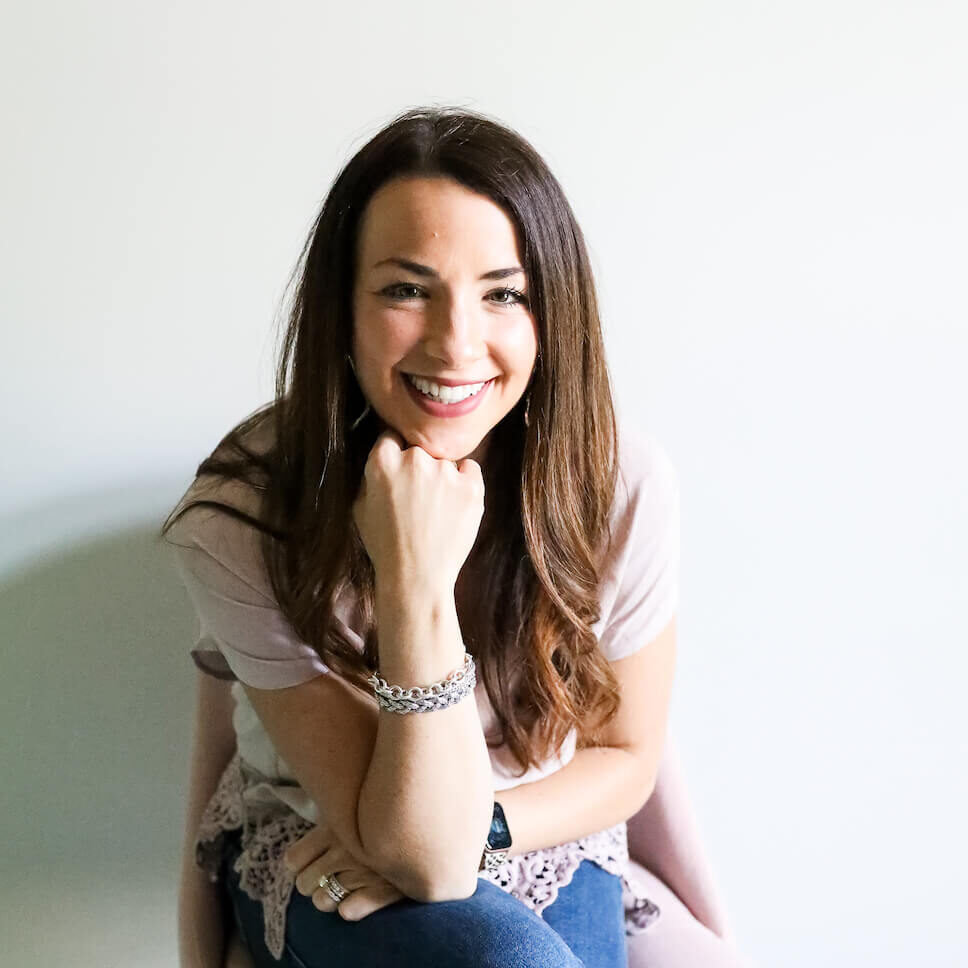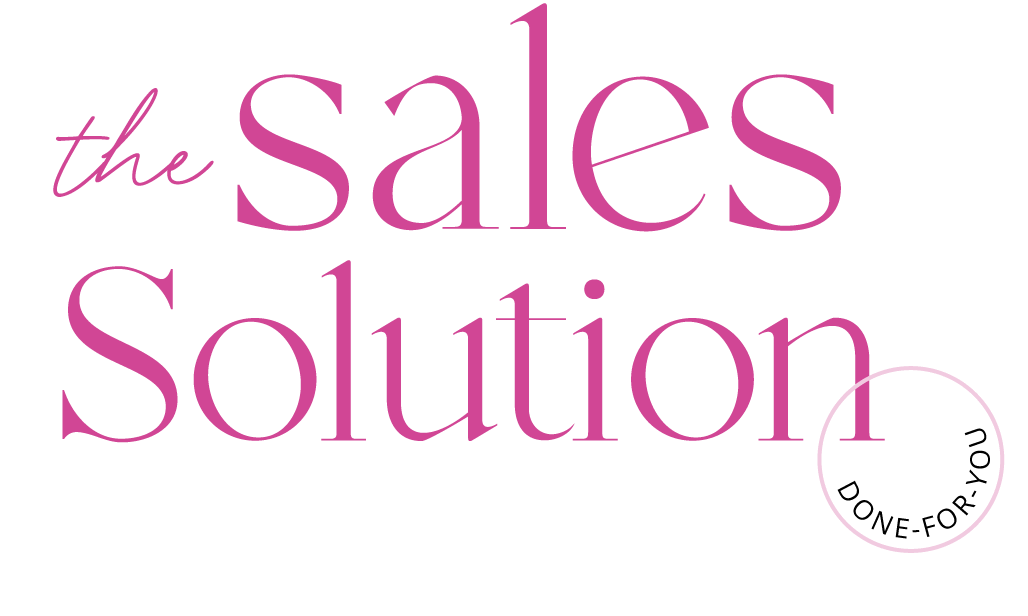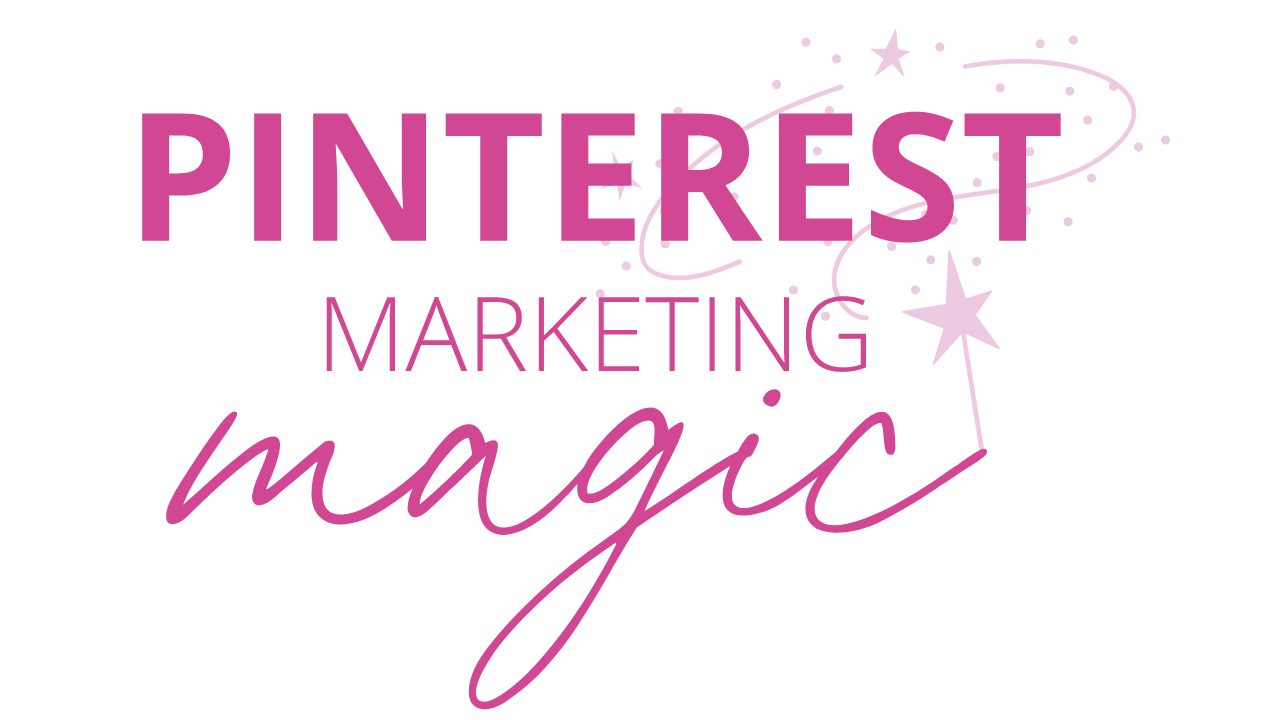This week we’re diving into Pillar #3 of Your Pinterest Strategy, which is scheduling! I’m sharing exactly what you need to know about scheduling if you’re going the DIY route. This post contains affiliate links and I may earn a small commission when you click on the links at no additional cost to you.
If you’re just joining me, I’ve been covering a 4-part blog series of the 4 pillar foundations you need in place when creating an effective Pinterest strategy. These blog posts build upon each other and in the previous weeks, I covered keywords and images!
Is consistency a struggle with your Pinterest marketing strategy?
If the answer is yes, you’re definitely not alone.
I find many people end up taking the done-for-you route (aka just paying me to do their Pinterest) for the following reasons:
- Can’t keep up with the changes (nor do they want to)
- They don’t have time
- It’s not their zone of genius
Outsourcing Pinterest marketing is not always something that every business owner can, or wants, to budget for within their business. So this leads to the DIY route.
Why You Need to Use a Scheduler for Pinterest
No matter which route you take for your business, (if you’re on the fence about your options check out my post on DIY vs DFY) a pillar foundation to your Pinterest strategy is consistency, which basically means, scheduling.
If you’re interested in the DIY route, be sure to grab my FREE Pinterest strategy guide!
In my opinion, in order to be consistent on Pinterest, it’s not optional as to whether you use a scheduler or not.
As a baseline, even with new accounts, I recommend scheduling at least 5 Pins a day. This could be a combination of both static, aka standard, Pins, or video Pins. For client accounts that I’m taking over that have a robust source of content and Pins already existing, I might schedule 10-15 Pins per day.
Just so we’re on the same page, Idea Pins are a little different. I recommend Pinning 1-2 Idea Pins a week and they cannot be scheduled.
Here’s a quick breakdown of the Pin formats you’ll be creating and if you can schedule them or not.

It simply would not be feasible to think you could manually or “live” Pin even 5 Pins per day, especially since it’s good to space out your Pins. When I say “live” Pin, I mean going to the platform, uploading your Pin image, title, and description, and hitting publish immediately.
You could quickly see why it would not be realistic to do this 5X a day, let alone once a day! And because there ARE approved schedulers (we’ll get more into that later), there’s really no reason to do this.
The Role Consistency Plays in Your Pinterest Strategy
Schedulers are a great tool to use to be consistent on Pinterest, but you may be wondering why.
Why is it so important to not only be consistent on Pinterest but to be Pinning so many times a day (remember, I said Pinning 5X a day was the baseline!)?
Especially when you compare it to your Instagram strategy where you might just be posting 5X a WEEK!
Well, my friend, Pinterest is a search engine, as I always remind people. Its algorithm and function are much different than social media!
Pinterest takes time to index your content. So if you’re inconsistently sharing content, it’s more challenging for the platform to figure out:
- Who your audience is
- What type of content you’re sharing
- How it should be categorized
- What type of content resonates with your audience
I will create as many as 5 different, or fresh, Pins per blog post. This way I can test different images, keywords, descriptions, etc. The variety is helpful and it can make your content go further.
Honestly, consistency is a theme in all aspects of your business. Consistency is hard in the beginning, but it will not only pay off in regards to your Pinterest marketing strategy but also for blogging, social media, email marketing, etc.
My Favorite Tool for Scheduling on Pinterest
Tailwind
There are multiple different scheduling platforms out there that you can use to schedule your Pinterest content. Today I’m covering 2 different tools, and they’re the ones I’ve used. I only like to make recommendations if I’ve used or tried what I’m recommending.
What I use for myself and actually require that my clients use, is Tailwind. Tailwind is an approved Pinterest platform, and it’s a great scheduler!

Tailwind has some other amazing features in regards to using the platform:
- Analytic insights that are different from both Pinterest and Google Analytics
- Tailwind Create – allows you to instantly make new Pin designs that are branded for your business
- The ability to schedule your content out multiple weeks in advance and use intervals
- Tailwind SmartLoops – allows you to put specific content on automation indefinitely
- AND way more
Here’s what the Tailwind scheduler looks like. You can see I’m just scheduling 5 Pins a day and I’m also due to fill in some gaps starting tomorrow, haha!

The other way I have scheduled content is through the Pinterest scheduler. Yes, you can schedule your content directly on the platform for free!
It sounds great and it is a nice feature, however, it does have some limitations.
You can only schedule out 2 weeks in advance and you can only select times that are on the half-hour or the hour.
You also cannot schedule a specific Pin to multiple boards. For example, if I had a Pin that was highly relevant to 3 different boards, I would only be able to schedule that specific Pin to one of the boards, rather than all 3. In Tailwind, you would be able to schedule it to all 3.
There are some features when you create Pins on Pinterest that you DO NOT have access to on Tailwind. The following are functions that are exclusive to Pinterest:
- The ability to add alt text
- Adding tags

What to be Mindful of When Using a Scheduler for Your Pinterest Content
As I start to wrap up this post, I want to share something that’s really important to note about any scheduler.
Schedulers put out what we put in. So if you’re Pinning the same content too frequently, not optimizing images, titles, descriptions, etc. that’s exactly what the scheduler will be pushing out.
So think about it as garbage in, garbage out.
On the other hand, consider if you’re using a scheduler effectively and optimizing all aspects of your Pin. Schedulers then become magical ways to keep your traffic and sales automated while you’re working on other parts of your business.
I see schedulers get demonized (haha!) A LOT. We always want to say well, my Pinterest traffic is going down because of “X”.
Now that’s not to say seasonality, trends, glitches, etc, never happen.
But, I think if we have a true and valid concern, it’s best to look at your tactics, strategy, and of course, analytics. Then ask yourself what tweaks you can make. Don’t forget to give it some time to see what the results yield, rinse, and repeat.
Since algorithms and features are constantly evolving and updating on platforms, we marketers have to evolve as well. I think it’s vital we take responsibility first for our content and best practices.
This is really a mindset shift for many people.
Let’s Wrap Up This Pinterest Strategy Foundation
Just as a quick recap, consistency is absolutely VITAL when you’re creating an effective Pinterest marketing strategy.
The best (and easiest) way to stay consistent is through using a scheduler. Most importantly, if you’re using a scheduler, you need to maintain best practices.
I’d love to hear your thoughts, or maybe questions, in the comments! Your comments are so valued and help me continue to best serve my Pinterest people!
If you’d like to learn more about using Pinterest to automate your sales, be sure to grab my FREE Pinterest strategy guide AND check out my signature course, Pinterest Marketing Magic.
